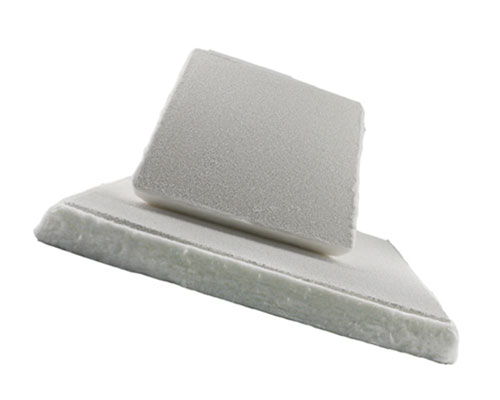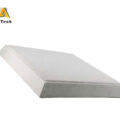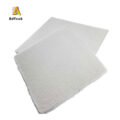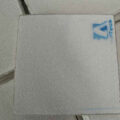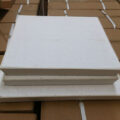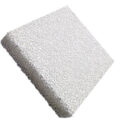Ceramic filter plate for aluminum can not only effectively eradicate the large oxidized inclusions in the molten aluminum, but also filter out the few micrometers of fine inclusions that the traditional technology is unable to do. Since the hydrogen atoms, sodium, potassium, and other harmful ions in the aluminum liquid are often adsorbed on the inclusions, and the inclusions can become the core of bubble formation, so while filtering the inclusions, it can also reduce these harmful elements in the aluminum liquid. And gas content. Some studies also believe that the ceramic foam filter plate filters out many small inclusions, thus reducing the effective crystal nucleus required for the solidification of the molten aluminum, which can promote the growth of the nucleation of the molten aluminum under relatively large supercooling conditions, and the structure can be refined.
The most straightforward way to evaluate the quality of the filter plate is to detect the reduction rate of inclusions before and after the aluminum liquid passes through the ceramic foam filter plate, that is, sampling and analysis. Large international companies often use a PODFA method to evaluate the filtration efficiency of ceramic filter plate for aluminum.
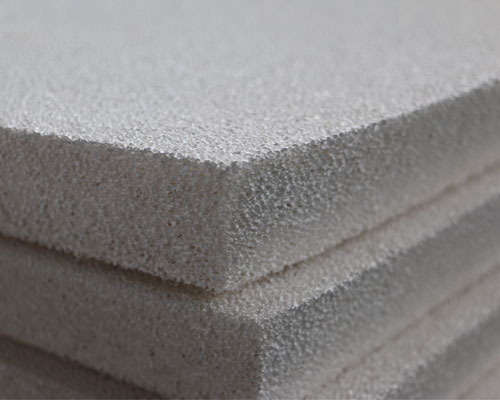
This method actually measures the time it takes for the molten aluminum to pass through an ultrafine graphite filter disc. When the container is evacuated, the time required to pass a certain amount of molten aluminum under atmospheric pressure is related to the degree of cleanliness of the molten aluminum. The time required for clean molten aluminum to pass is less, and the time required for dirty molten aluminum is long. In addition, the filtered graphite plate can also be analyzed. The size of the inclusions retained on it can indicate the cleanliness of the molten aluminum.
Generally speaking, there are three ways to remove inclusions from molten aluminum: precipitation, floating, and filtration. When the size of the inclusions is less than 90μm, the possibility that they will settle to the bottom of the furnace by gravity is very small. Traditional gas purification, online refining and other processes can make some inclusions float to the surface of the molten aluminum, but when the size of the inclusions. When it is less than 30 μm, the chance of rising is very small. The advantage of the filter plate is that it can filter out inclusions that are much smaller in size than its pore size.

